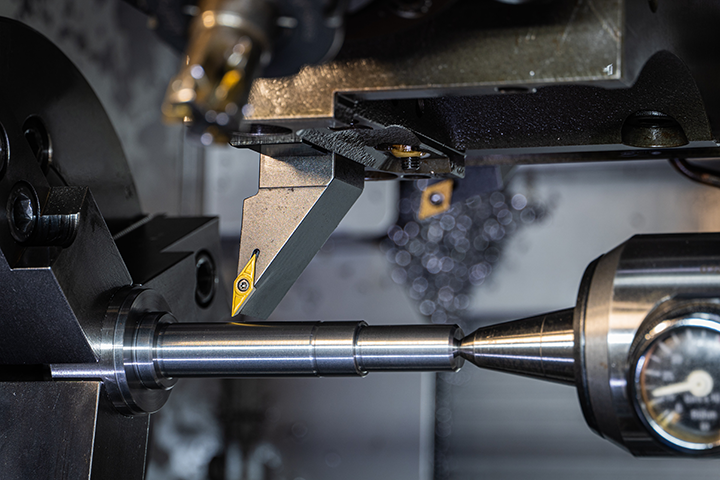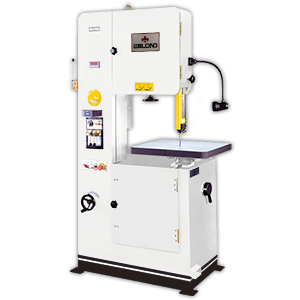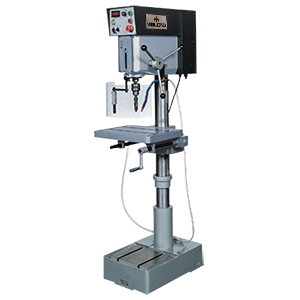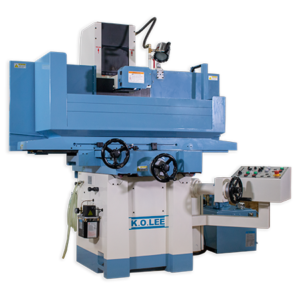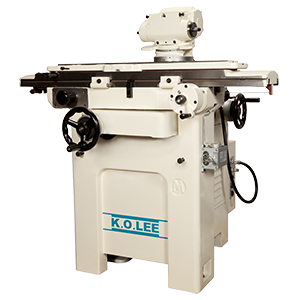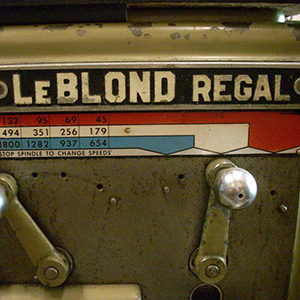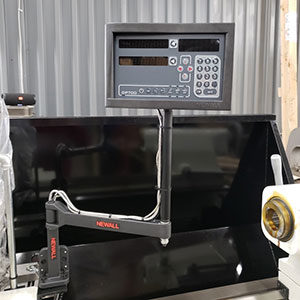Consider These 6 Tips for Cutting Extremely Soft Metals
Gain experience through practicing the following metalworking techniques
1. Choose Appropriate Tooling
For soft metals like aluminum, copper, or brass, use high-speed steel (HSS) or carbide tools. These materials are less abrasive and may not require the extreme hardness of diamond-coated tools.
2. Increase Speed and Reduce Feed
Soft metals can be machined at higher cutting speeds, which reduces the risk of built-up edge and tool wear. Reduce the feed rate to prevent excessive chip removal and maintain good surface finish. Experienced machinists know where the sweet spot is to minimize tooling wear and scrap. Novice machinists can start by reviewing machining speed charts for the metal being cut.
3. Minimize Lubrication
Unlike hard metals, excessive cutting fluid or coolant may not be necessary for soft materials. However, a small amount of lubrication can help prevent chip adhesion, heat buildup and improve surface finish. Work with your coolant provider to understand the optimal flow rates for the metal type.
4. Know Your Limits
When machining softer metals, stay within the appropriate temperature range. Soft metals have lower melting points, so it is advisable to keep well below the melting points to avoid deformation, distortion, softening and tool wear. The generally recommended temperature ranges for Aluminum, Brass and Copper is 200-300˚ C.
5. Lighter Clamping and Cutting Forces
Soft metals can deform under high clamping and cutting forces. Use a lighter touch when securing the workpiece and when advancing the tool to prevent deformation and maintain precision. Soft metals may not provide as much support as harder materials, and machining forces can cause machine deflection. Ensure the machine is properly calibrated and rigid. Consider reducing cutting forces by adjusting cutting parameters or using smaller tool diameters.
6. Be Mindful of Chip Control
Soft materials can produce long, stringy chips that may tangle around the workpiece or lathe. Use tooling with chip breakers or chip control techniques to manage chip formation and improve machining efficiency. Proper feed rates are important to allow chips to evacuate the machining area.
Remember that the specific techniques may vary depending on the exact type of metal you’re working with, so it’s essential to consider the material’s properties and adapt your approach accordingly. Always prioritize safety, and wear appropriate personal protective equipment when working with metals on a lathe. Contact your LeBlond representative for more details on best practices, improving quality or submit your question directly by submitting a request through our online form or call (888) 532-5663 and select option 2.
